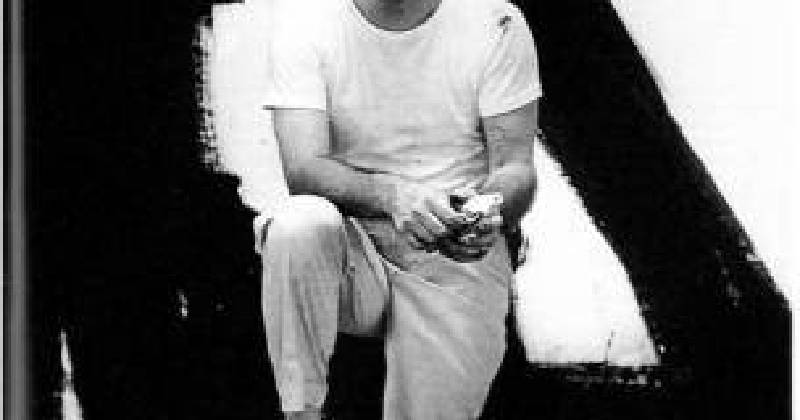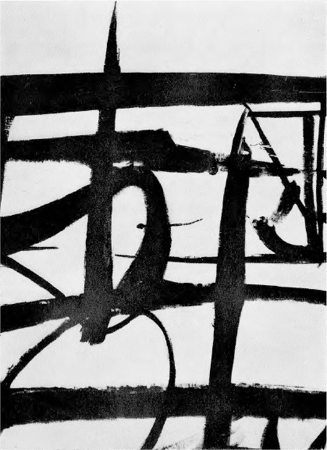
It thus emerged long after the artistic ‘breakthrough’ itself took place, which may have been in 1948, 1949 or 1950, and appeared very soon after Kline’s death. It is crucial to note that the now-standard account of Kline’s breakthrough appeared in its final and current form in 1962. As the analysis of contemporary criticism given elsewhere in this In Focus demonstrates, critics who saw the exhibition in which Meryon was first shown – held in late 1961 at the Sidney Janis Gallery, New York – were expecting at that point a ‘change’ in artistic orientation and considered Kline’s return to his black and white palette to be the product of a failure to develop his artwork. Additionally, Kline’s combined breakthrough style and palette only became identifiable as uniquely important and uniquely his own after he reaffirmed it a decade later in his reversion to black and white in works like Meryon, and after his death in 1962 precluded the possibility of another, equivalent breakthrough. Kline’s artistic discovery, and its public debut in his one-man show at the Charles Egan Gallery, New York, in late 1950, thus took place after the breakthroughs of others and came in their wake and model.

It was also paradoxical, in the sense that the discovery of his distinctive variety of gestural abstraction, in combination with his particular palette of black and white, post-dated the breakthroughs of Jackson Pollock and Willem de Kooning, as well as those of Mark Rothko and Barnett Newman.


Meryon 1960–1 (Tate T00926) brings the central problem in the interpretation of Franz Kline’s work into focus: in several senses, Kline’s ‘breakthrough’ – a term that will be problematised below – occurred belatedly.


 0 kommentar(er)
0 kommentar(er)
